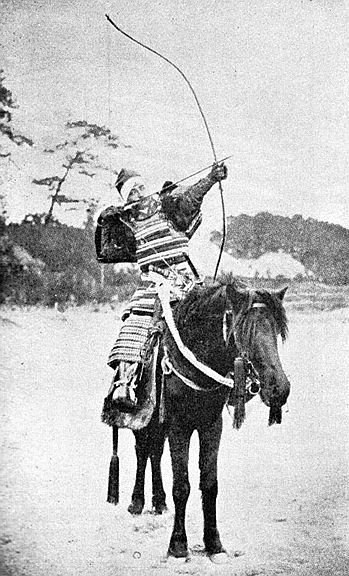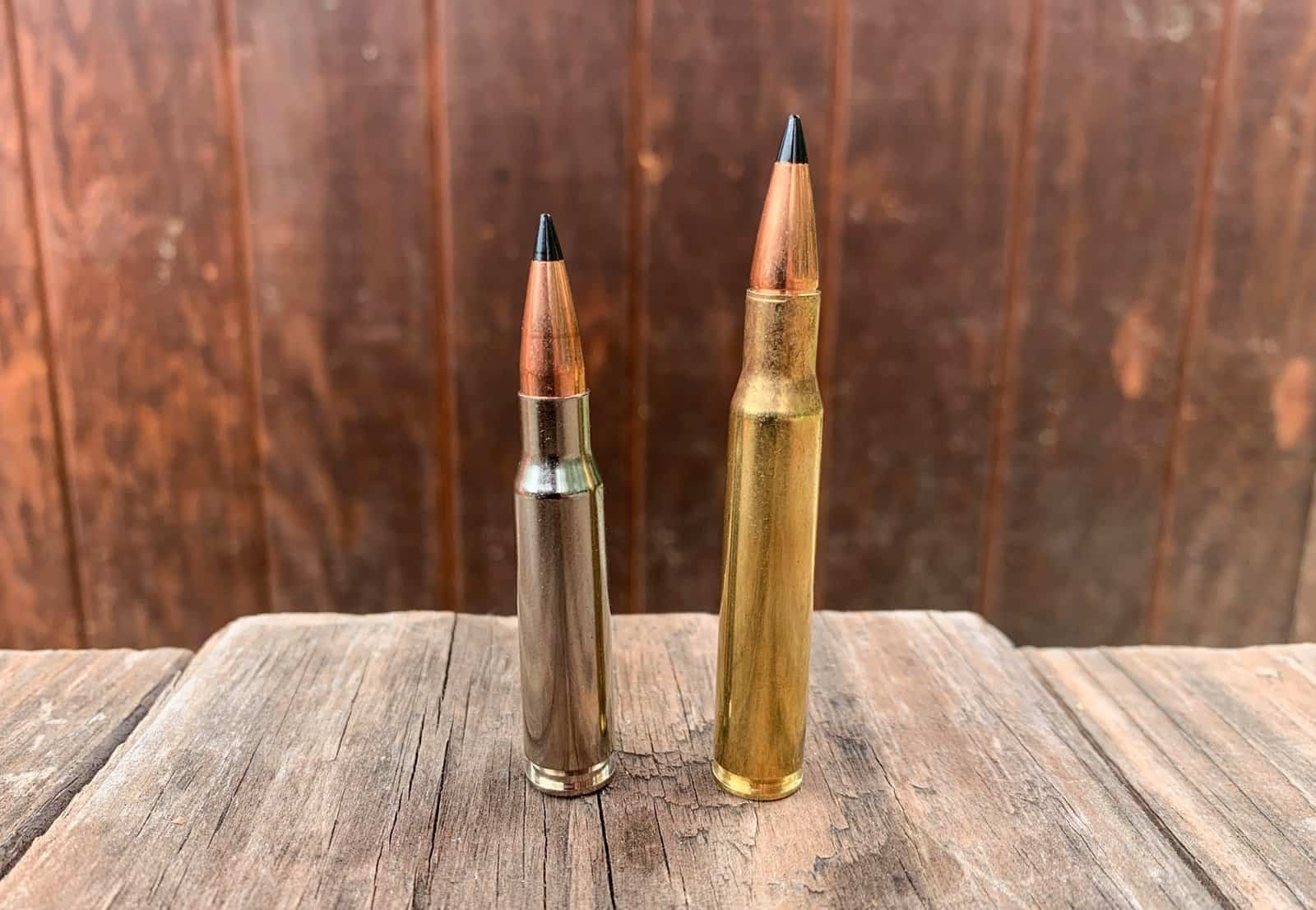Horsebows and recurve bows differ mainly in shape and historical use. Horsebows are compact for horseback archery, while recurves are versatile for stationary use.
Archery enthusiasts often debate the merits of the horsebow versus the recurve bow. Each type has distinct characteristics suited to different archery styles. The horsebow, with its roots in the mounted archery of nomadic cultures, features a distinctive reflexive design that allows for greater maneuverability on horseback.
This design remains ideal for archers requiring a portable and swift weapon. On the other hand, the recurve bow, often associated with the Olympics and other target archery competitions, has limbs that curve away from the archer when unstrung, providing more power and precision. This makes recurve bows a popular choice for both beginners and seasoned archers. Choosing between these bows depends on personal preference, the archery disciplines practiced, and the archer’s lifestyle.
Historical Roots Of Horsebow And Recurve
Archers across ages have marvelled at the beauty of horsebows and recurve bows. Each has deep historical roots. Together, they spin tales of ancient civilizations and innovative engineering that have shaped archery. Join us on a journey to unravel the epic sagas behind these iconic bows.
The Ancient Horsebow
Horsebows are symbols of mobility and warfare. Their story begins with the nomads of Central Asia. Nomads used horsebows for hunting and battle. These bows allowed shooting while riding. Their design is simple yet effective. Horsebows are compact, strong, and curved perfectly for swift horseback moves.
- Material: Wood, horn, and sinew
- Shape: Symmetrical curves ensure balance
- Size: Short to ease use on horseback
Historians believe the Huns and Mongols popularized horsebows. Their conquests showed the bow’s might. The horsebow’s presence spans Europe, Asia, and beyond. Its legacy is enduring.
The Evolution Of The Recurve Bow
The recurve bow’s roots delve into the Bronze Age. Early humans realized its potential. The recurve has distinctive tips that curl away from the archer. This design stores more energy. The result is greater power and speed of the arrow.
This bow has evolved over time. Different cultures have added their touch. The Greeks, Romans, and Egyptians all used it. Each version showed improvements in performance and precision. Recurve bows are not just for warfare anymore. Today, they’re used in sports and leisure too.
| Era | Advancements |
|---|---|
| Bronze Age | Emergence of recurved ends |
| Classical Antiquity | Widespread military use |
| Modern Times | Technological enhancements for sports |
Whether crafted by Asian nomads or developed in ancient Mediterranean forges, these bows speak of genius. The horsebow and recurve both reflect bold spirits and skillful hands. Their history is not just about weapons but about the people and their relentless pursuit of perfection in archery.

Credit: www.scribd.com
Anatomical Dissection
Welcome to the ‘Anatomical Dissection’ of horsebows versus recurve bows! Understanding the structural nuances of archery equipment is essential for both novices and seasoned archers. This section meticulously dissects the physical forms and design features of these bow types. By examining their anatomy, you will appreciate how each bow’s unique form contributes to its function and performance.
Physical Characteristics Of Horsebows
Horsebows boast a distinctive build that sets them apart:
- Compact frame designed for horseback mobility.
- Symmetrical limbs curve away from the archer.
- Lightweight construction for rapid maneuvering.
- No arrow rest or sight attachments traditionally.
- String bridges often mark their tips, enhancing the draw.
Functionally, these traits enable swift, fluid shooting during movement. Moreover, their convenience in handling makes them favorites for mounted archery.
Design Elements Of Recurve Bows
Recurve bows, on the other hand, present an ergonomic design:
- Curved tips tilt forward when unstrung.
- Stiffer limbs give way to energy-efficient shots.
- Provisions for installing sights, stabilizers, and rests.
- Riser serves as the bow’s gripping point and foundation.
Their design maximizes accuracy and power, making them popular for target shooting and hunting. Their adaptability to enhancements caters to archers seeking precision and customization.
Performance Comparison
Welcome to the heart of our discussion, where we pit horsebows against recurve bows for a performance showdown. Understanding the subtle differences between these two types of traditional archery can guide archers in their choice. We delve into the key aspects of accuracy, speed, handling, and maneuverability to determine which bow might suit your archery style.
Accuracy And Speed
Both horsebows and recurve bows boast unique traits that affect their performance. Accuracy hinges on stability and precision; speed relies on the bow’s ability to propel arrows swiftly.
| Bow Type | Accuracy | Speed |
|---|---|---|
| Horsebow | Relies on archer’s skill | Excellent at short ranges |
| Recurve Bow | Further aided by stabilizers | Consistently fast |
While recurves might edge out with technology-aided stabilizers, horsebows require a highly skilled archer to maximize their potential accuracy. Recurves frequently have the advantage in speed, thanks to their design and modern materials.
Handling And Maneuverability
- Compactness places the horsebow at an advantage in tight spaces.
- Weight distribution in recurve bows enhances steady aiming.
- Ease of use is notable in recurve bows, especially for beginners.
- Portability for horsebows is unparalleled.
Horsebows shine in the wild, their nimble form allows for quick shots in various surroundings. The modern recurve, with its ergonomic design, is easier to hold steady, offering a balance beneficial for lengthy archery sessions.
Cultural Impact And Usage
Horsebows and recurve bows carry a rich heritage, each with unique cultural impacts and purposes through history. The following sections delve into how each type of bow found its niche in ancient warfare and continues to influence modern archery sports.
Traditional Uses In Mounted Archery
Horsebows were the lifeblood of the cavalry, especially in nomadic cultures. These bows allowed swift movement and precise aiming from horseback. Warriors could fire quickly while moving, thanks to the compact and flexible design. The Mongols, Huns, and other nomadic tribes mastered horseback archery. Their skills became legendary, changing the course of battles and empires.
Modern Sporting Contexts
Today, both horsebows and recurve bows enjoy popularity in competitive sports. Recurve bows dominate the Olympics, while horsebows star in traditional and historical re-enactments. Archers also use them in mounted archery sports, bringing history to life. Recurve bow enthusiasts appreciate their technical sophistication, and horsebow fans enjoy connecting with a primal form of archery.
Whether for re-living history or competing in modern sports, horsebows and recurves continue to inspire and challenge archers worldwide. They preserve traditional skills and strengthen cultural identities.
Making The Right Choice
Are you a modern archer trying to decide between a horsebow and a recurve bow? Choosing the right bow is important for your performance. This guide helps archers understand key differences and choose a bow that suits their style and needs.
Considerations For The Modern Archer
Modern archers face a variety of choices when it comes to picking their gear. The bow is central to an archer’s toolkit. A bow must match the archer’s size, strength, and style. Let’s dive into what to consider before making a purchase.
- Purpose of Use: Whether it’s target practice or hunting should guide your choice.
- Experience Level: Beginners may prefer different bows compared to veterans.
- Draw Weight: Your physical strength will determine the draw weight you can handle.
- Portability: If you travel, consider how easy it is to carry and store your bow.
- Budget: Prices vary greatly, so know how much you’re willing to spend.
Factors Influencing Bow Selection
Selecting the right bow hinges on several factors. Each type of bow offers unique benefits.
| Feature | Horsebow | Recurve Bow |
|---|---|---|
| Design | Compact and curved | Curved with distinct tips |
| Performance | Smooth and fast shooting | Precise shots with more power |
| Usability | Good for quick, short range | Better for long-range accuracy |
| Learning Curve | Steep for beginners | Moderate, more beginner-friendly |
Consider how each bow type aligns with your goals. Horsebows are often favored for their history and unique shooting style. Recurve bows are popular for their versatility and technological advancements. Match the bow to your specific needs and preferences to ensure the best archery experience.

Credit: www.tiktok.com
Credit: www.quora.com
Frequently Asked Questions For Horsebow Vs Recurve
What Is A Horsebow?
A horsebow is a traditional bow design. It’s compact and highly mobile. People often use it on horseback, hence its name. Its structure allows for quick, powerful shots, which is why it’s favored in mounted archery.
How Does A Recurve Bow Differ?
A recurve bow features tips that curve away from the archer when unstrung. This design enhances power and accuracy. Recurve bows are popular in modern archery and the Olympics, providing a stable and precise platform for archers.
Can You Use Horsebows For Target Practice?
Yes, horsebows are suitable for target practice. Their maneuverability and design promote skill development. While traditionally meant for horseback, they’re also effective and enjoyable on the ground, providing a challenging archery experience.
Is A Recurve Better For Beginners?
Recurve bows are often recommended for beginners. They offer a balance between power and ease of use. Their widespread use in training and competitions also means beginners can find many resources for learning.
Conclusion
Understanding the differences between horsebows and recurve bows is crucial for any archery enthusiast. Each style offers unique benefits suited to specific needs. Whether you seek the traditional experience of a horsebow or the precision and versatility of a recurve, the choice ultimately hinges on personal preference and the type of archery you enjoy.
Embrace the bow that aligns with your goals, and let the arrows fly true.



